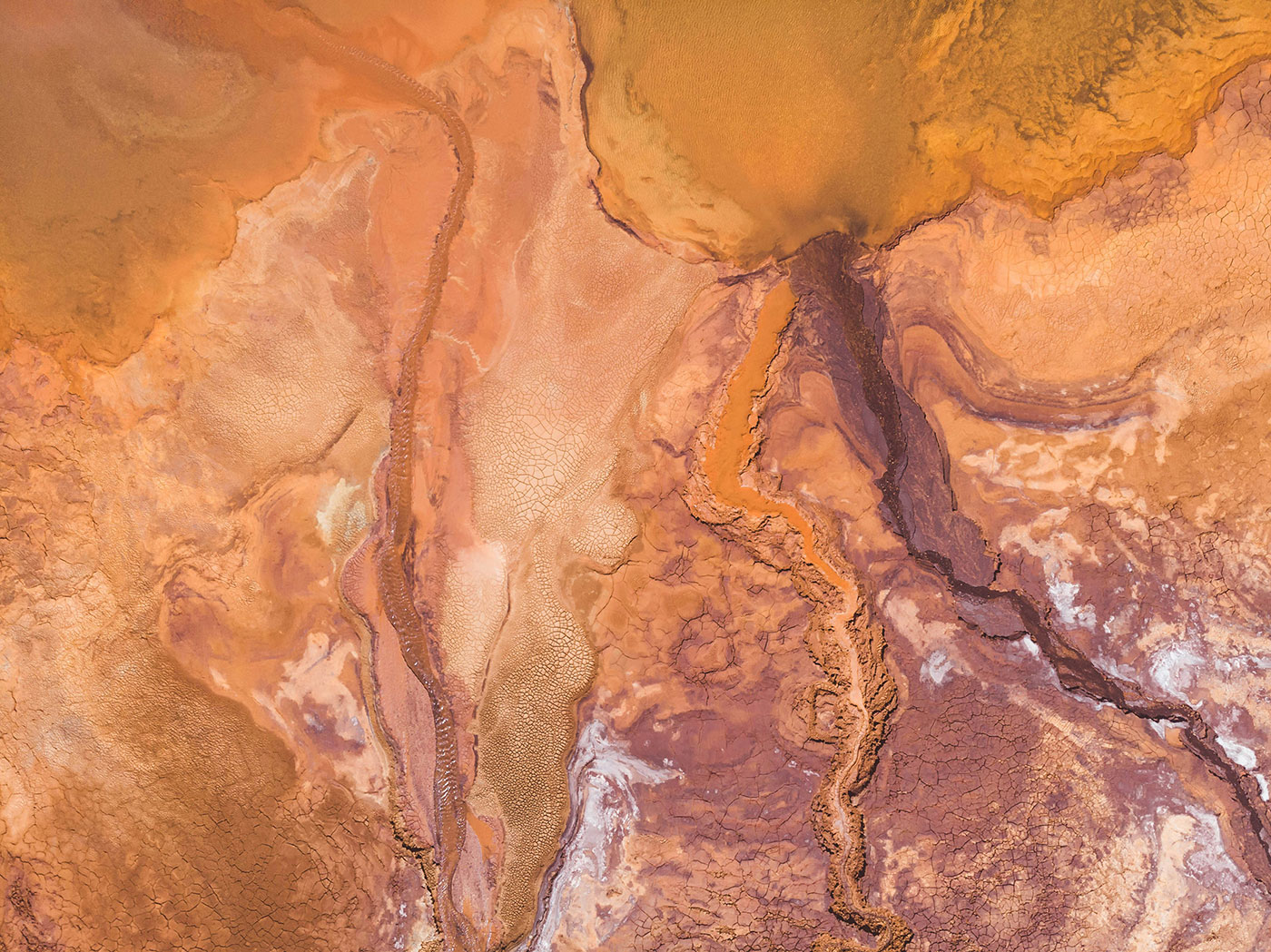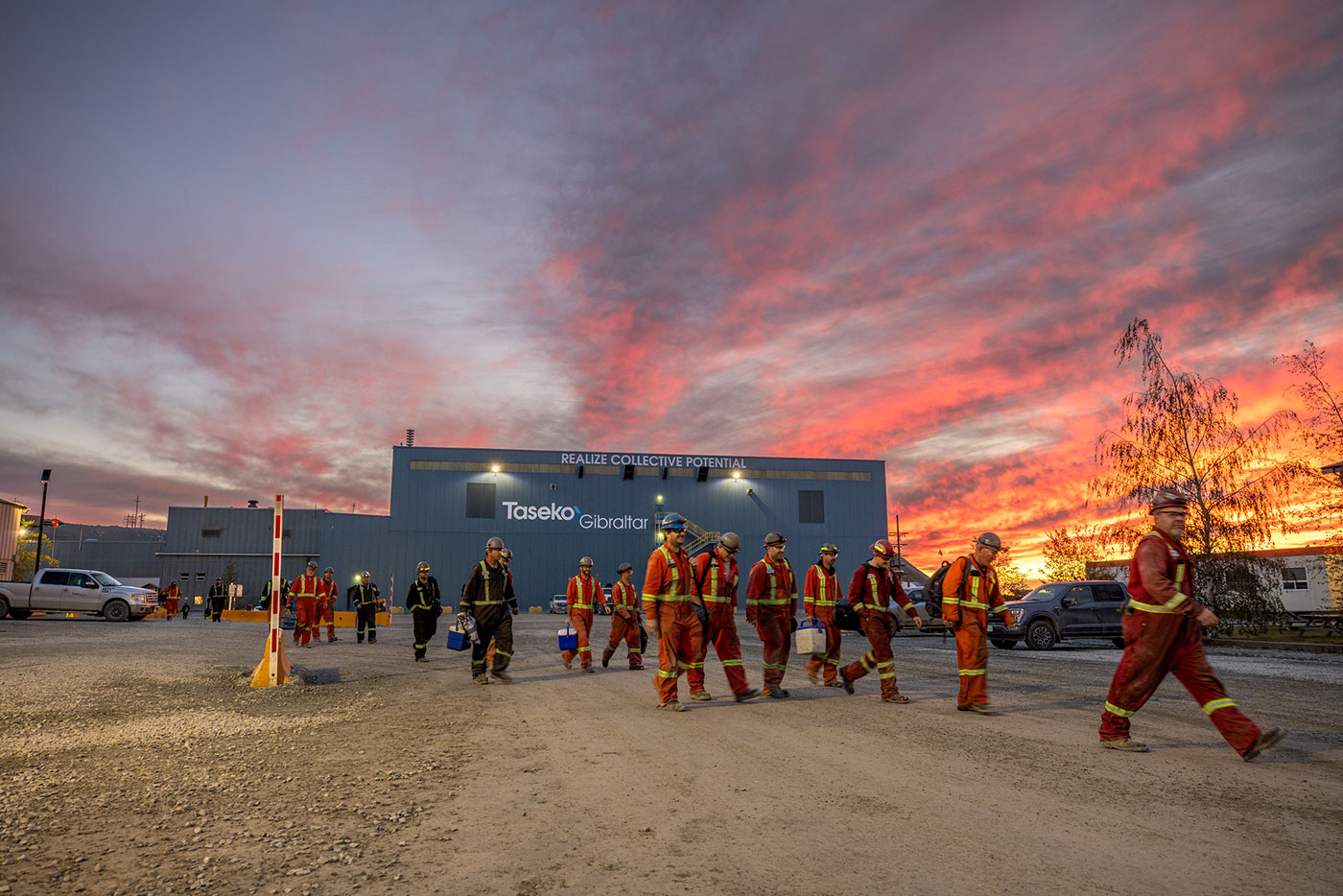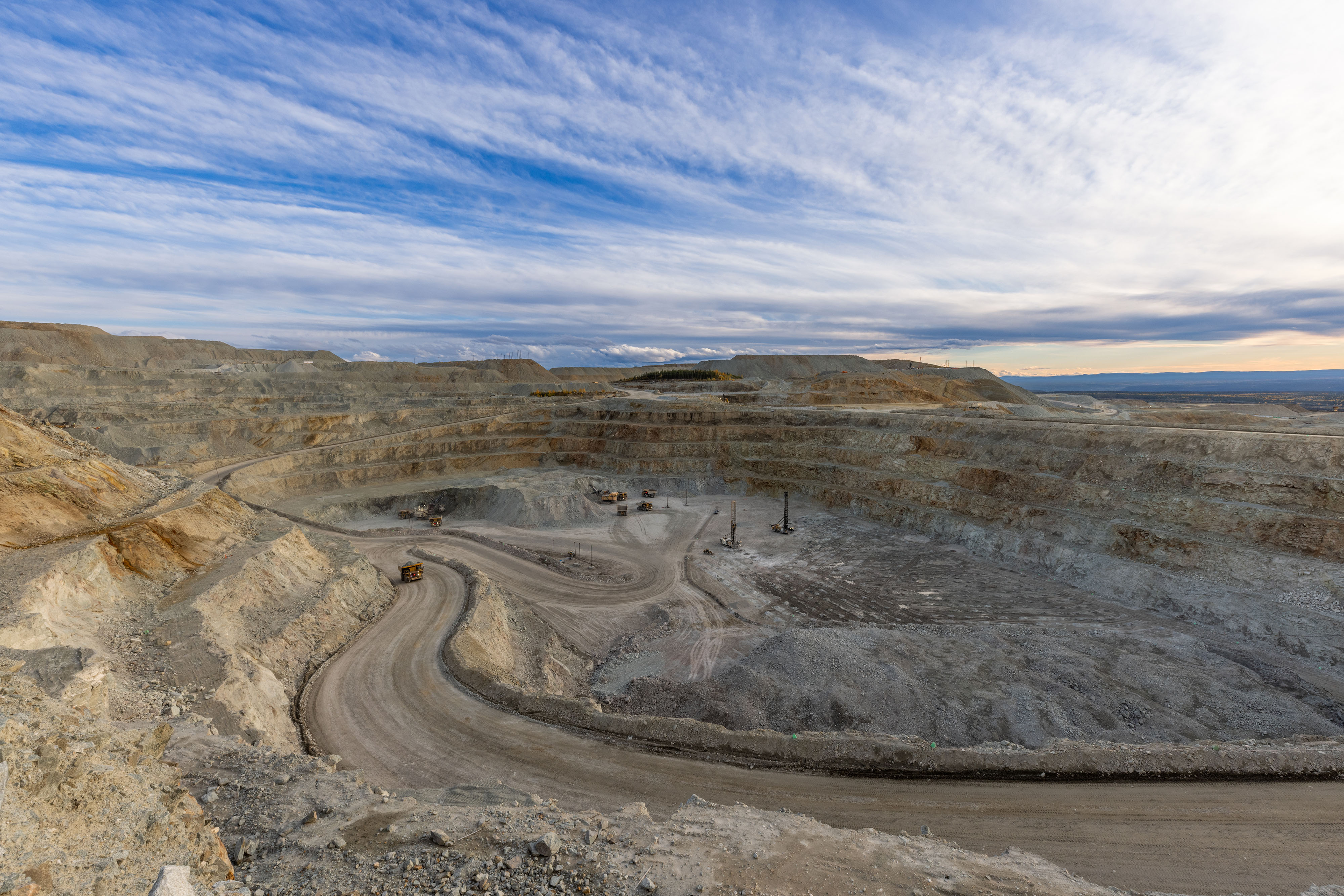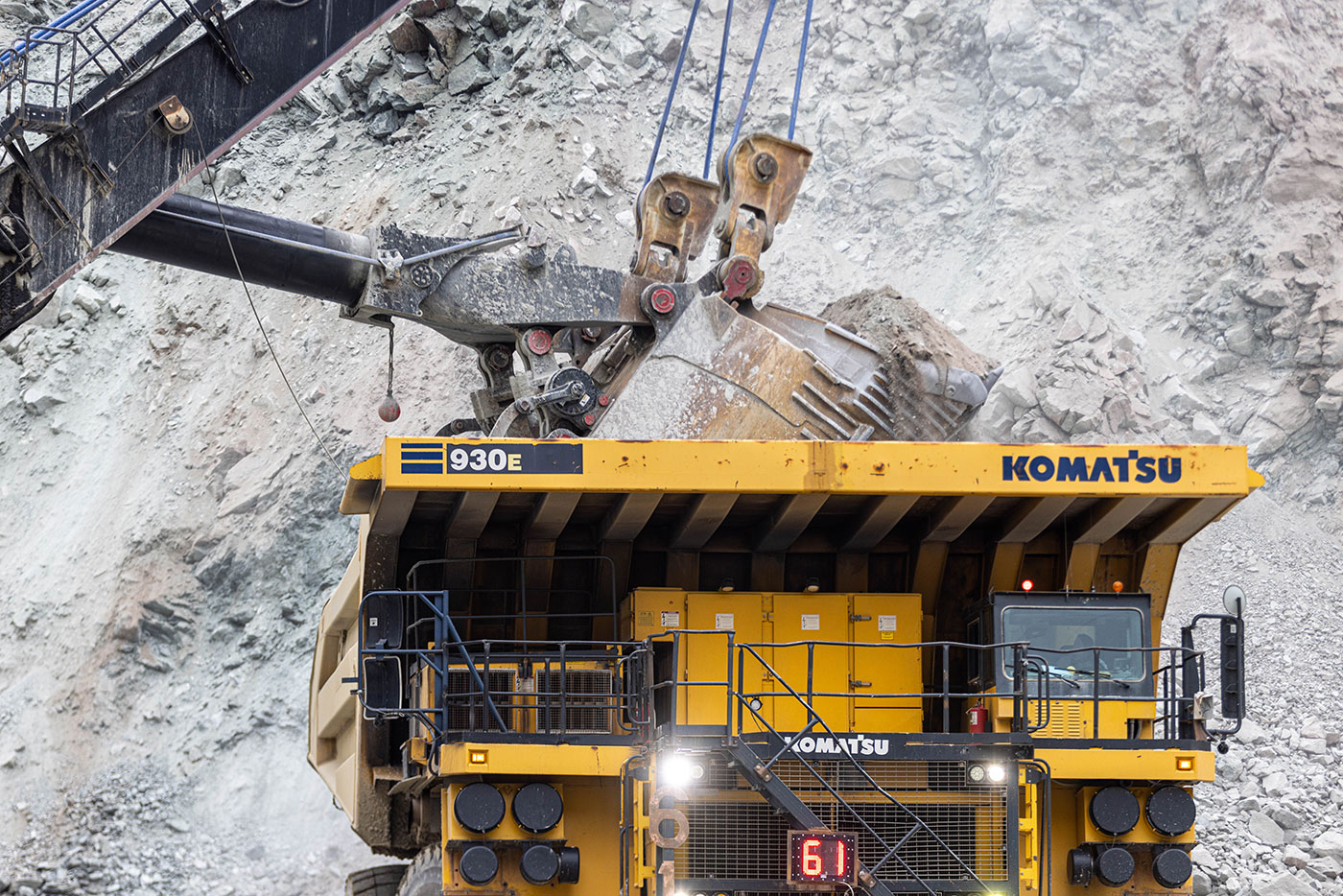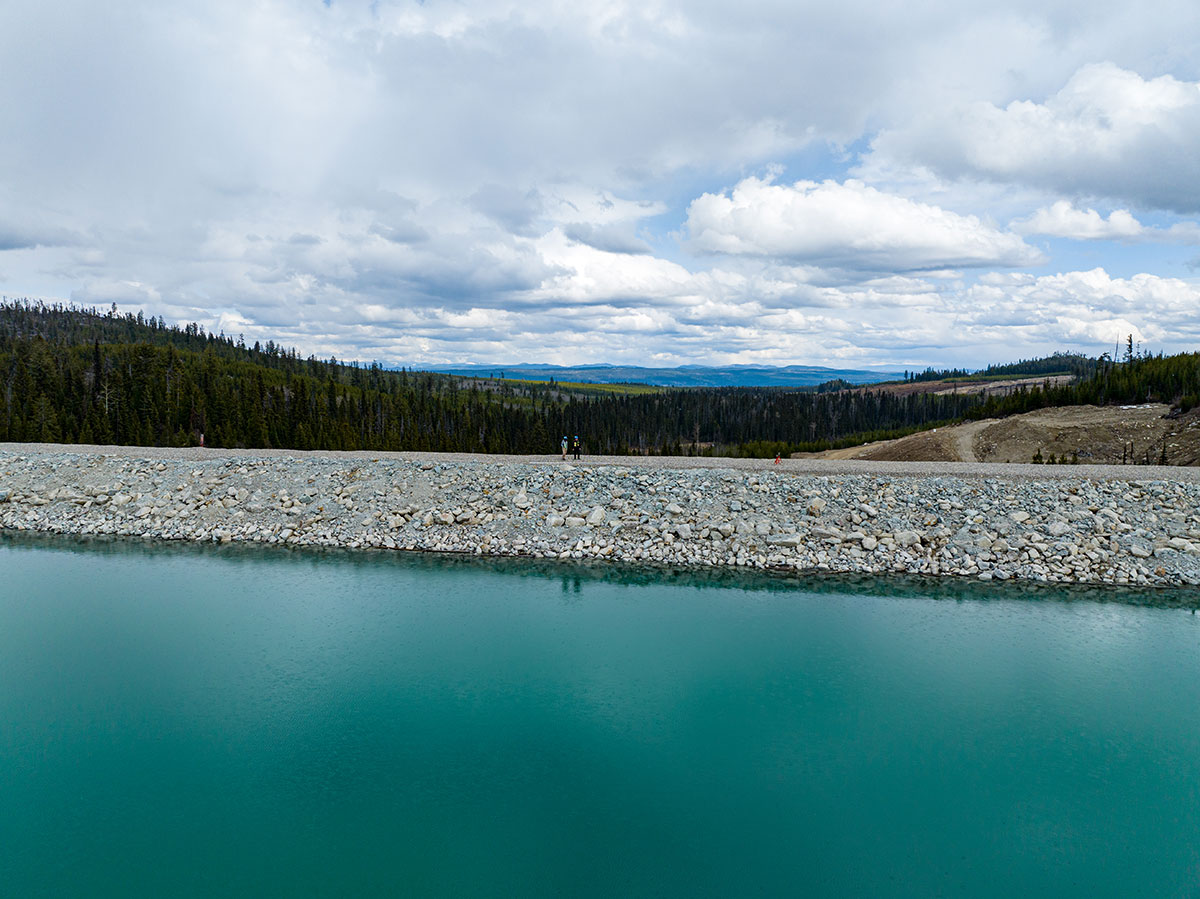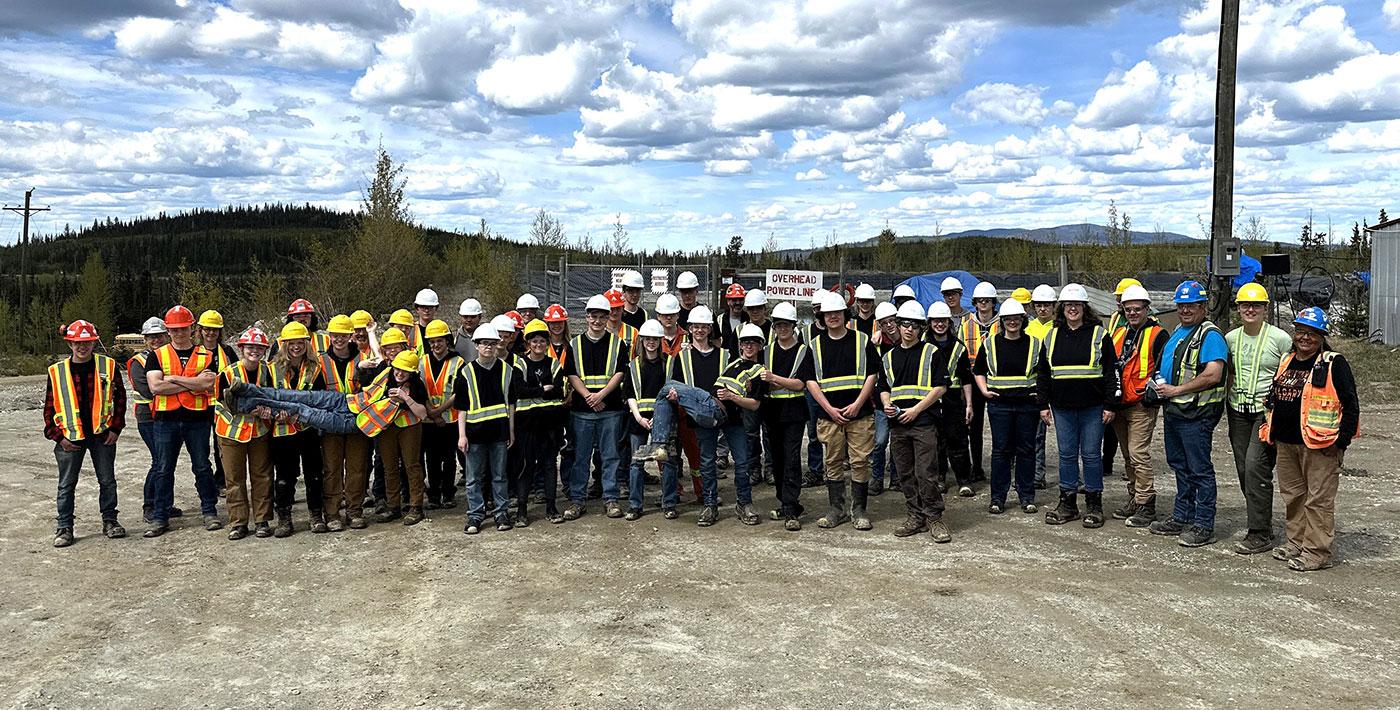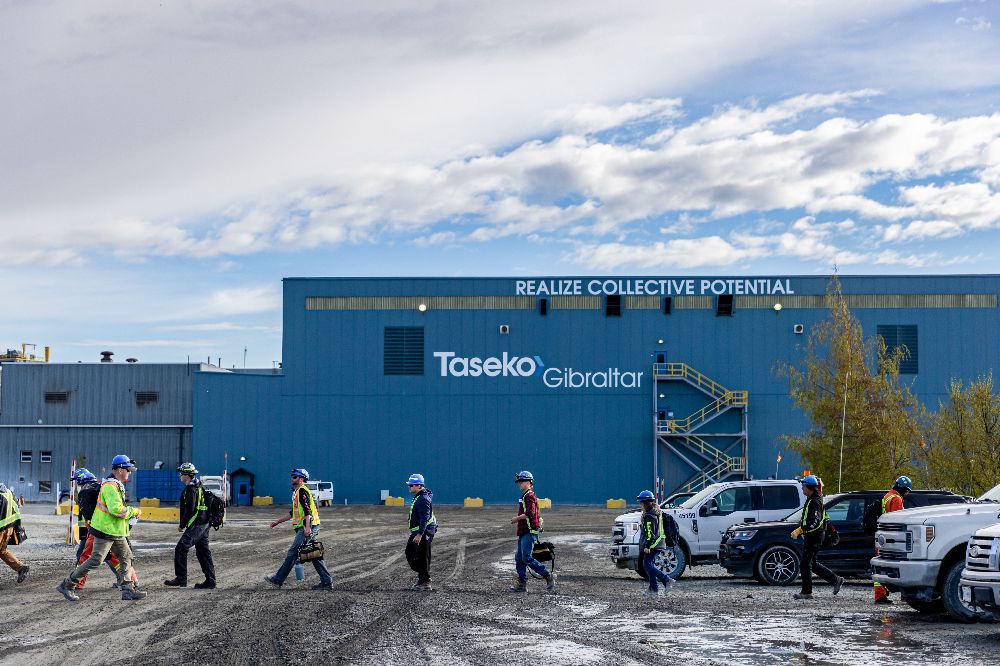Exploring Canada's Rich Niobium Resource
Investing News Network
Critical mineral niobium is a shiny, white metal that's strong and resistant to corrosion; it's also a superconductor and has a high melting point.
It's only mined in Brazil and Canada, with three mines producing 90 percent of the world's niobium. There's significant potential for growth in Canada, offering an opportunity for investors to help expand the availability of an in-demand mineral.
Supply chain resilience, plus the geopolitical stability and favourable environmental and labour conditions in Canada, make it appealing for the expansion of niobium mining.
Niobium applications
The metal niobium is used mainly as an additive for various materials including metal alloys.
Its name is derived from the goddess Niobe, who is the daughter of Tantalus. It's so similar to the element tantalum, named for Tantalus, that they were once thought to be the same element.
Niobium is used in steel, stainless steel, camera lenses, cutting tools, electronic circuits, medical equipment and turbines. It has a range of appealing properties. It can make materials stronger, it's light transmitting, refractory and resistant to corrosion. It can be fused to make an array of bright colours, so it's used to make hypoallergenic costume jewellery.
About 20 percent of niobium used in the US helps make high-temperature superalloys for the transportation and manufacturing industries. It's used in the Large Hadron Collider in Switzerland, where niobium-titanium magnets create the magnetic fields in the collider.
Demand for niobium is
rising steadily. The 2024 market stands at 106.85 kilotonnes, and is predicted to increase to 171.49 kilotonnes by 2029, growing at 9.92 percent.
Global supply
"Exceptionally concentrated" has been a term used to describe the supply chain for niobium. About 90 percent of worldwide supply comes from just three mines: two of them in Brazil and one in Canada. Given this dynamic, the supply chain resilience risk for niobium is considered very high.
Brazil is by far the biggest producer of niobium in the world, with 16 million tonnes of reserves; its two large mines produce 66,000 tonnes, accounting for 88 percent of world production. Canada is a distant second, with 1.6 million tonnes of reserves; its sole niobium mine produces 7,400 tonnes annually, making it responsible for 9.9 percent of global production. Other nations mine a minimal share of global totals.
The sole Canadian mine, the Niobec niobium mine, is located in Central Québec, just 200 kilometres from Québec City, and is owned by IAMGOLD (TSX:IMG,NYSE:IAG). The mine spans 1,735 hectares, has been in production since 1976 and includes facilities for milling and converting.
National priorities
Both the US and Canada have earmarked a list of critical minerals, niobium included, as being important for economic development.
The US Secretary of Energy has included niobium on the most recent critical materials and minerals list, which means it's needed in the nation's move to green energy. Demand is expected to soar, and niobium's inclusion on this list could open up opportunities for funding.
The Canadian Critical Minerals Strategy considers niobium a priority for economic development under a list of rare earth elements important for export purposes. Federal money has been earmarked to support materials listed in the strategy.
Canada's potential
There are ample undeveloped niobium resources across Canada, including in BC, Ontario and Québec.
While niobium been found in a range of smaller deposits across the country, some of the larger discoveries make up Taseko Mines' (TSX:TKO,NYSEAMERICAN:TGB) Aley project in Northeastern BC, which features a deposit of 84 million tonnes. The company is undertaking environmental monitoring and product marketing initiatives. It is pilot testing a converter and doing a scoping study for a production facility.
In July, Auking Mining (ASX:AKN) completed the acquisition of the Myoff Creek project, which spans eight contiguous claims and is located in resource-rich South-Central BC. The site has proven and potential niobium and rare earth oxides, and is close to established infrastructure.
The acquisition signals Auking's latest foray into the rare earths and niobium space, which the company's Managing Director Paul Williams said is an "excellent opportunity" to attract investors with strong interest in these metals. The company plans to begin assessing potential drill sites on the property and to develop a drilling campaign to evaluate the project's mineral potential.
James Bay, owned by NioBay Metals (TSXV:NBY,OTCQB:NBYCF), is a project in Northern Ontario based around a deposit discovered in 1966. The 2,530 hectare site has indicated and inferred deposits of more than 65 tonnes. The company has a protection agreement in place with the nearby Moose Cree First Nation.
Prairie Lake, near Terrace Bay, Ontario, is owned by Nuinsco Resources (CSE:NWI,OTC Pink:NWIFF); it contains 15.6 million tonnes indicated and 871.8 million tonnes inferred niobium, phosphate and rare earth oxides. The site is close to population centres, ports and airports.
Investor takeaway
Demand for niobium worldwide is growing, with nations such as the US and Canada concerned about supply chain stability.
Canada has generous confirmed and suspected deposits, with increased interest in niobium mining across the country. It's time for investors to look to the future of this under-the-radar metal as a good investment opportunity.


